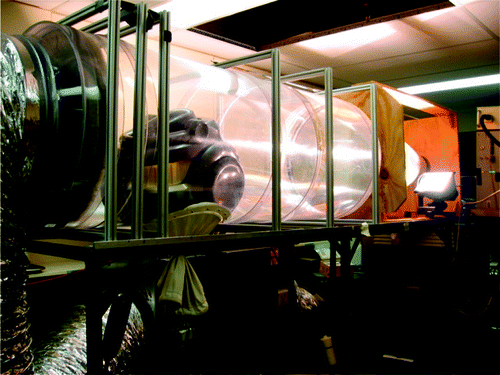Older, cheaper vacuum cleaners release more bacteria and dust: study

Some vacuum cleaners — those basic tools for maintaining a clean indoor environment in homes and offices — actually contribute to indoor air pollution by releasing into the air bacteria and dust that can spread infections and trigger allergies, researchers report in a new study. It appears in ACS' journal Environmental Science & Technology.
Lidia Morawska and colleagues explain that previous studies showed that vacuum cleaners can increase levels of very small dust particles and bacteria in indoor spaces, where people spend about 90 percent of their time. In an effort to provide more information about emission rates of bacteria and small dust particles, the scientists tested 21 vacuum cleaners sold in Australia. The vacuums came from 11 manufacturers, included those marketed for household and commercial use, ranged in age from six months to 22 years and cost from less than $100 to almost $800. They looked at the effects that age, brand and other factors had on the amount of small particles and bacteria released into air.
All of the vacuums released some fine dust and bacteria into the air. Surprisingly, vacuums with so-called High-Efficiency Particulate Air (HEPA) filters in some cases released only slightly lower levels of dust and bacteria. Newer and more expensive vacuum cleaners were generally less polluting than older or less expensive models.
More information: Vacuum Cleaner Emissions as a Source of Indoor Exposure to Airborne Particles and Bacteria, Environ. Sci. Technol., 2012, 46 (1), pp 534–542. DOI: 10.1021/es202946w
Abstract
Vacuuming can be a source of indoor exposure to biological and nonbiological aerosols, although there are few data that describe the magnitude of emissions from the vacuum cleaner itself. We therefore sought to quantify emission rates of particles and bacteria from a large group of vacuum cleaners and investigate their potential determinants, including temperature, dust bags, exhaust filters, price, and age. Emissions of particles between 0.009 and 20 μm and bacteria were measured from 21 vacuums. Ultrafine (<100 nm) particle emission rates ranged from 4.0 × 106 to 1.1 × 1011 particles min–1. Emission of 0.54–20 μm particles ranged from 4.0 × 104 to 1.2 × 109 particles min–1. PM2.5 emissions were between 2.4 × 10–1 and 5.4 × 103 μg min–1. Bacteria emissions ranged from 0 to 7.4 × 105 bacteria min–1 and were poorly correlated with dust bag bacteria content and particle emissions. Large variability in emission of all parameters was observed across the 21 vacuums, which was largely not attributable to the range of determinant factors we assessed. Vacuum cleaner emissions contribute to indoor exposure to nonbiological and biological aerosols when vacuuming, and this may vary markedly depending on the vacuum used.
Provided by American Chemical Society
















